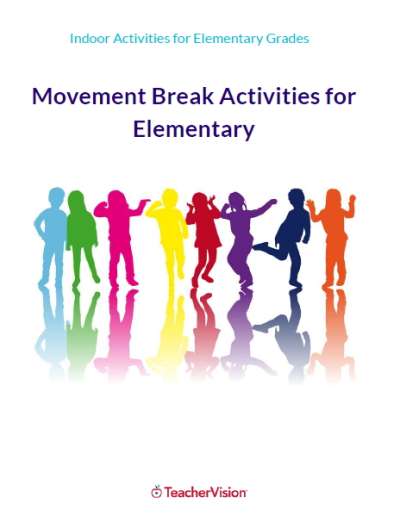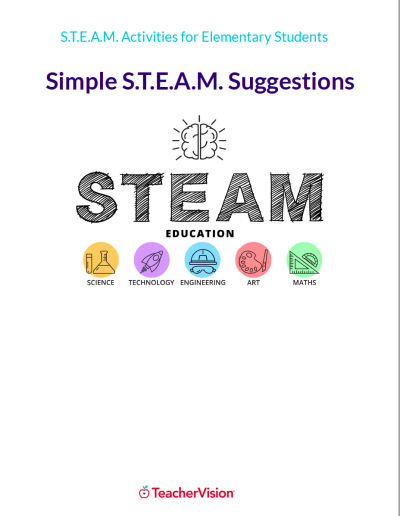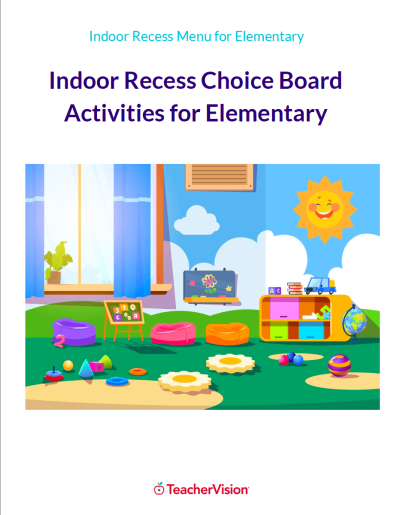 |
|
Reading Comprehension and Vocabulary (Gr. 1-3)Use the Mad Libs® books to supplement your lower elementary teachings about reading comprehension and vocabulary with these activities. |
|
Reading Comprehension (Gr. 1-3)What's the Order?Photocopy Mad Libs® stories that have a clear beginning, middle, and end. Cut each story into three parts to reflect what happened first, next, and last, and put the parts in an envelope. Challenge children to pick an envelope and put the parts in order to tell the story. When children become skilled at this game, mix two stories and challenge them to separate them and then arrange them in order. |
| Sum It Up! Remind children that a summary is a quick way of telling important story events in the order they happened. Invite small groups to share a manageable number of Mad Libs® stories they have completed. Designate one child in the group to be "It." Have this child choose a story and summarize it aloud. The first child to name the story title takes the next turn as "It." Continue until everyone has a chance to lead the game. |
| Wacky Webs Provide children with frames for a web or have them draw their own. Have partners exchange Mad Libs® stories they have completed. Have each child read his or her partner's story and complete a web to show the main idea and details. |
| Context Concentration Have partners look through Mad Libs® stories for words that may be unfamiliar and challenge one another to use context clues to determine the meanings. Then have partners write each word on one index card and its definition on another. After they determine the meaning of at least five words, have children mix the cards and use them to play Concentration. |
Vocabulary (Gr. 1-3)Most of the activities suggested on this page can be adapted to focus on synonyms, antonyms, rhyming words, or vivid language. |
| Synonym Tic-Tac-Toe Review that synonyms are words that mean the same or almost the same as other words. Write a word that has a synonym found in a Mad Libs® word list in each box of a tic-tac-toe grid. Children play like regular tic-tac-toe, but instead of writing, have them place different-color counters in the boxes so the boards can be used again. Before placing a counter, a child must read the word in the box and say a synonym. |
| Antonym Puzzles Review that antonyms are words with opposite meanings. Have children find words that have antonyms in a Mad Libs® word list or story. Have them write two antonyms on a strip of construction paper, then cut the paper so one antonym is on each piece. Each child creates several word strips and places his or her puzzle pieces in an envelope. Partners switch envelopes and put together the puzzle pieces to pair the antonyms. |
| Vivid Language Race Provide a list of words from Mad Libs® word lists or stories. Form two teams. A player from Team 1 names a word and uses it in a sentence. The players on Team 2 list as many ways as they can to replace the word with more vivid language within a set time. Then teams switch roles. Play continues until each player has a chance to name a word. |
| Rhyming Riddle Books Have children make up riddles for words in a Mad Libs® word list. At least one clue for each riddle should focus on a rhyme. Have children write the riddle on the front of a sheet of paper and the answer on the back, with an illustration if they choose. Assemble the pages to make a class rhyming riddle book. |
More Mad Libs®Teacher Guide's





